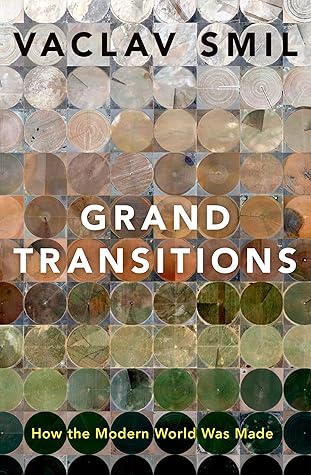More on this book
Kindle Notes & Highlights
by
Vaclav Smil
Read between
November 22, 2022 - April 15, 2023
In the United States inequality declined during the 1930s and 1940s (the richest 1% of all households claimed 28% of all income in 1928 and just above 10% in 1950) and the post-1950 economic expansion reduced the share below 10% by the late 1970s. But this was not to be the new normal: the trend was reversed and by 2008 the inequality was back to its late 1920s level, and then it was surpassed to reach new disparity highs: by 2016 the richest 1% of households claimed 39% of all income and the bottom 90% took less than a quarter (Stone et al. 2017).
A conservative global estimate is that commuting by some 2.5 billion people spending 50 minutes a day adds up annually to nearly 60 million years of life, an enormous waste of human potential and generally a detestable experience that is commonly accompanied by stress and discomfort (also by sexual harassment) and that results in crowding, traffic congestion, and excessive air pollution.


